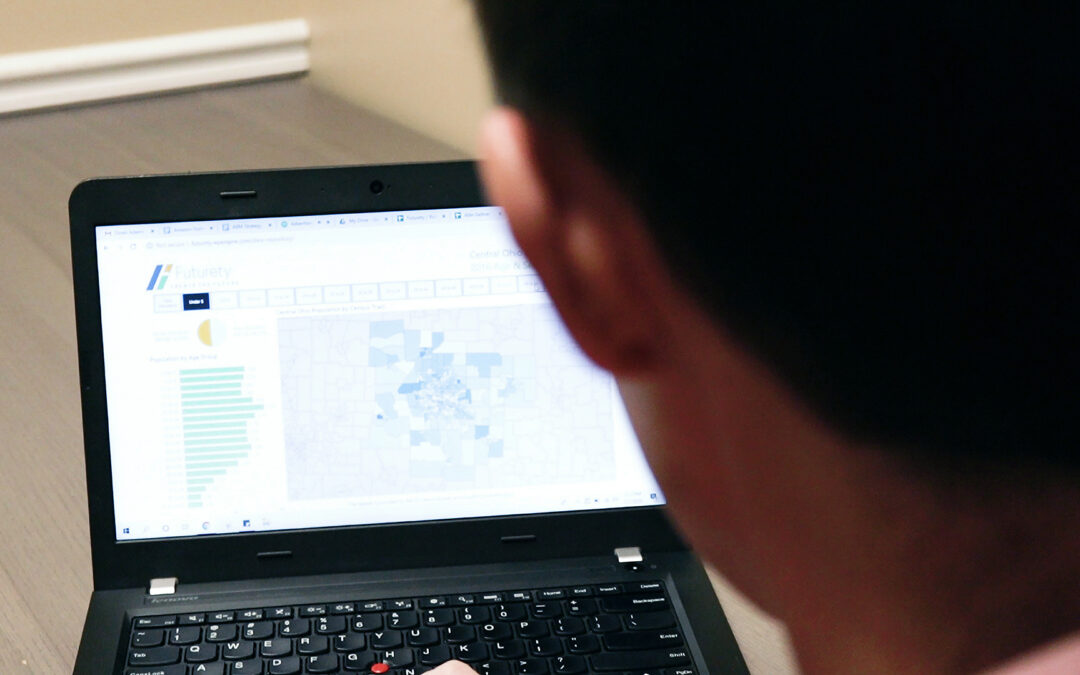Core Web Vitals can sound like a confusing and complex topic to understand, though in simple terms they are three specific factors that Google uses to help score and identify how positive or negative the user experience is on a specific page. The three parameters that form the pillars to Core Web Vitals are related to the speed, responsiveness, and visual stability of a certain website.
Largest Contentful Paint (LCP)
Speed can be identified as “Is it loading?” or LCP which stands for Largest Contentful Paint. The quicker that a specific page can load the more positive the overall user experience. The time for a website to load to ensure a positive initial impression is less than or equal to 2.5 seconds. Anything longer and the initial interaction could be skewed negatively by a long wait for the content to load or the user clicks out of the website altogether.
First Input Delay (FID)
The second pillar, responsiveness, or First Input Delay (FID), represents the time it takes for a specific webpage to become interactive for the user. The most effective speed for a page to become interactive is 100 milliseconds or less because a longer wait time will result in a potentially negative user experience.
Cumulative Layout Shift (CLS)
The third and final pillar of Core Web Vitals is visual stability or the Cumulative Layout Shift (CLS) aspect of a website. Visual stability differs from speed and responsiveness because it is not measured in time. Cumulative Layout Shift is the movement of page elements when the content is still downloading. These shifting elements can include videos, fonts, images, buttons, and other certain aspects.
These three elements makeup Core Web Vitals and are an essential inside look at user interaction with a specific webpage. By understanding how a webpage performs in these parameters it can allow for a deeper understanding of the user experience during interaction with a web page.
Google is starting a new ranking method that will judge a webpage on the three parameters and the higher the rank the more likely it will appear for a user when searching for similar content. A higher Google rank can result in higher website traffic which can then lead to a more successful website. Thus, organizations need to make sure that their web pages are excelling in each of these categories.
